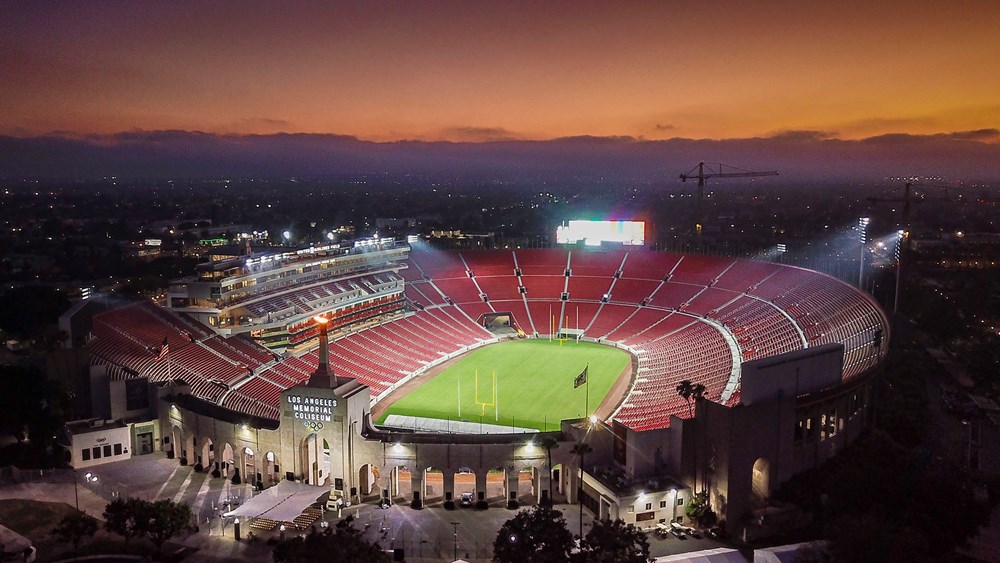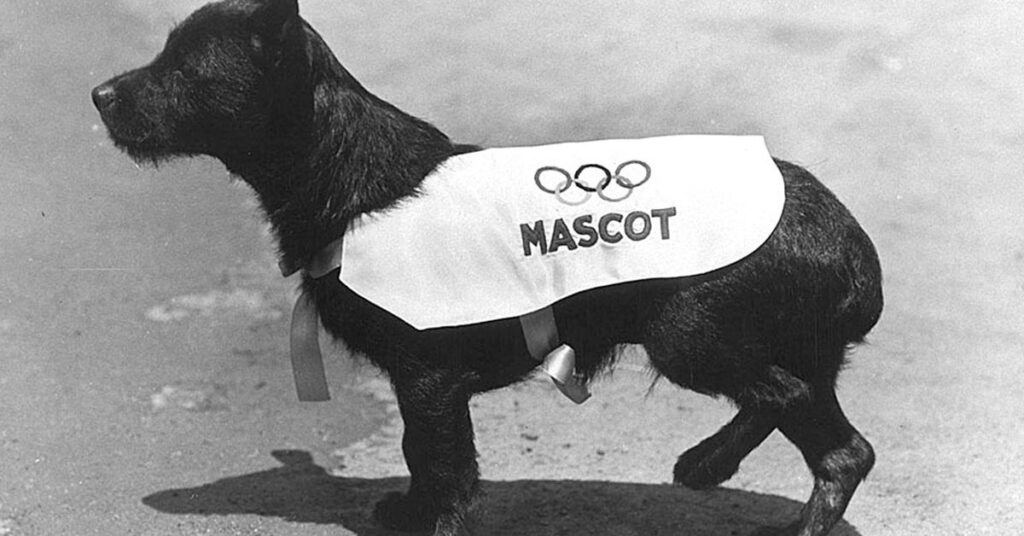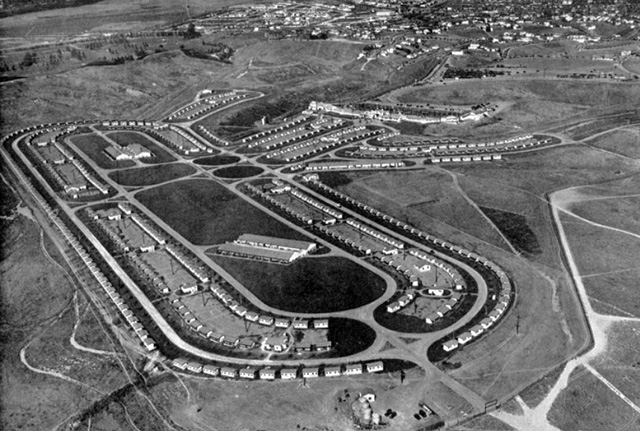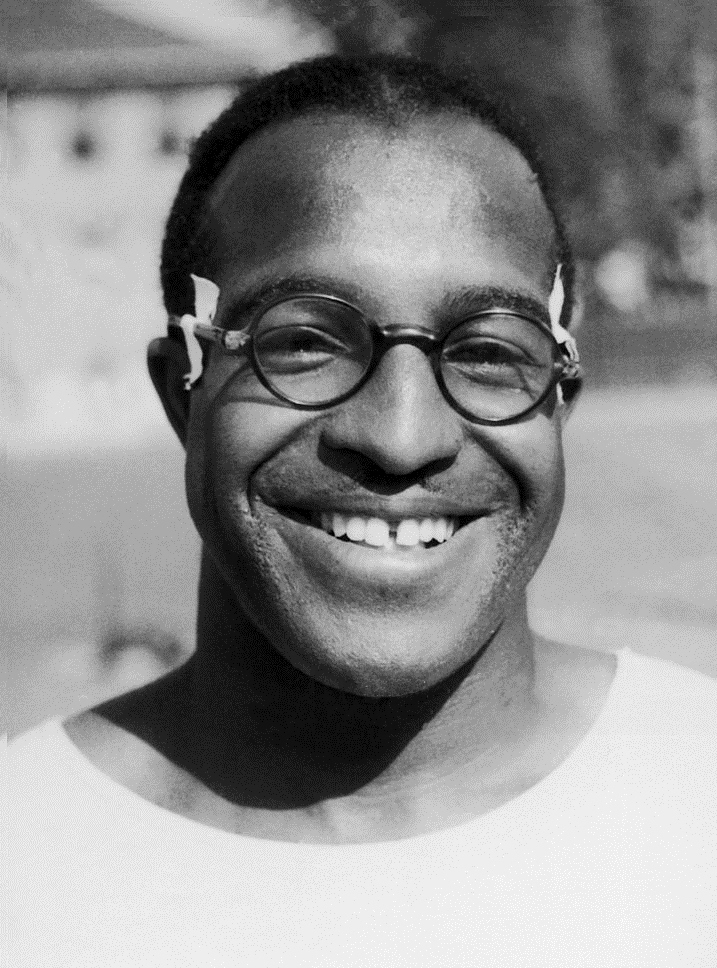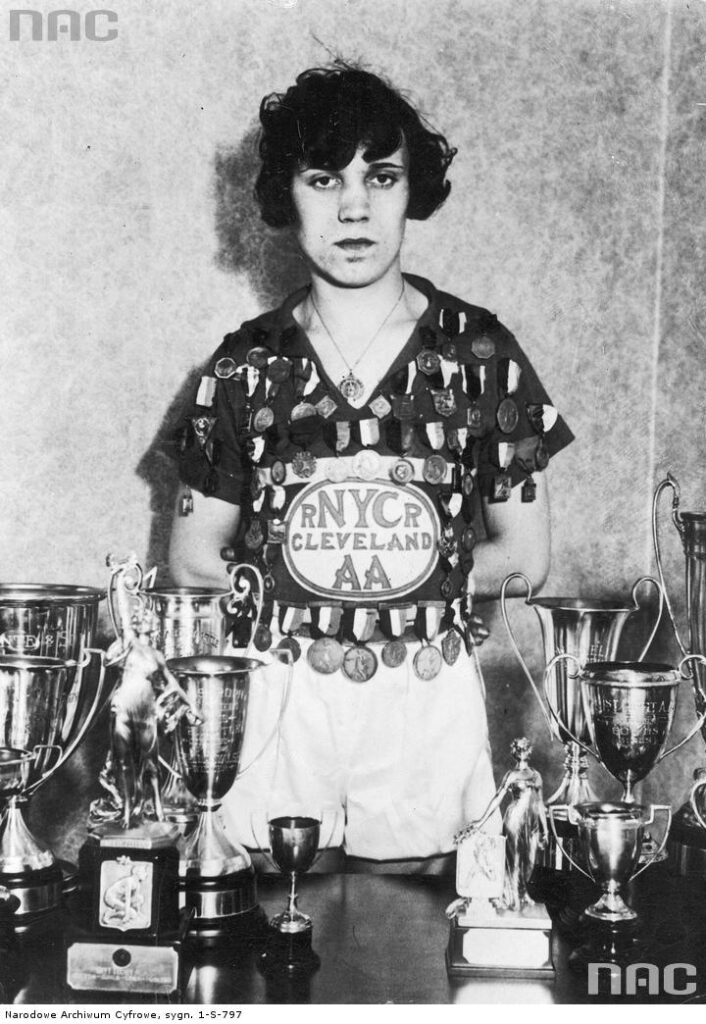Los Angeles has twice played host to the Olympic Games. The city first hosted the Games of the X Olympiad in 1932 and, more recently, the Games of the XXIII Olympiad in 1984. The event is scheduled to return to the city in 2028. Let’s take a walk down memory lane starting with a facilities clarification that may be necessary for some.
Many people when they see one of the iconic images of the Los Angeles Memorial Coliseum such as this one (from usctrojans)
and get a gander of the Olympic Rings above the central archway may think that the stadium was built to host the 1932 Olympic Games but they’d only be half right. The Coliseum did, indeed, host the 1932 games but it was built more than a decade earlier. The Coliseum was commissioned in 1921 as a memorial to Los Angeles veterans of World War I and completed in 1923. USC beat Pomona College 23-7 on 6 October 1923 in the arena’s inaugural event. Now on to the
Games of the X Olympiad – 1932.
A number of now familiar elements and symbols we associate with the Olympics made their first appearance at the 1932 games. Smokey the Scottish Terrier was the first mascot for a host city’s games. Unlike today’s cartoonish mascots, however, Smokey had a certain canine dignity.
[Photo from nine.com.au.]
Los Angeles had the first true Olympic Village to house the competitors. (In 1924, the organizers of the Games in Paris constructed a series of cabins close to the Olympic Stadium – the Stade de Colombes – and called it le Village Olympique, the Guinness Book of World Records mentions it but calls it “quite primitive in design” and seems to award the title of first to Los Angeles. The Olympic Museum confers that first on Paris.) Though no trace of it remains today, the Village occupied space in Baldwin Hills. There were five hundred cottages to accommodate the two thousand male athletes, their trainers, and attendants. The village had a hospital, a 2000 seat open-air amphitheater, a post office, a full fire station, and several bath houses.
[Photo from the 1932 Olympic Report].
Women were housed at the Chapman Park Hotel on Wilshire Boulevard.
This was the first appearance of a two tiered podium where medal winners received their medals. It was also, according to the Guinness Book of World Records, the first Olympic Games where the gold medalist’s national anthem was played.
American football was a demonstration sport. It never became a medal sport.
As at the London Olympics, art competitions awarded medals for works inspired by sport-related themes in five categories: architecture, literature, music, painting, and sculpture.
No record exists of there having been a women’s team gymnastics competition. (There was one in 1928 and there has been one at every Games since 1936.)
Only three teams competed in the field hockey tournament so despite losing 24-1 to India and 9-2 to Japan the United States won the bronze medal.
The Los Angeles Swimming Stadium at Exposition Park was the only new venue constructed for the Games. Competitors in the pool included two future movie stars – Buster Crabbe and Esther Williams.
37 Nations competed with Columbia and the Republic of China making their first appearances.
The United States won 103 of 346 total medals and 41 of 116 golds.
Eddie Tolan became the first African American to win the gold medal in the 100 meter sprint.
[Photo from Wikimedia Commons – Public Domain.]
In one of the closest races in Olympic history, most spectators thought that Tolan’s roommate (also African American) Ralph Metcalfe had won the race. The “Kirby two-eyed camera” used to photograph the finish showed Tolan and Metcalfe in a dead heat but officials awarded Tolan the gold medal because “he had his entire torso past the line on the ground before Metcalfe.” Tolan went on to win the 200 meter sprint as well which made him the first man to accomplish this feat earning him the title of “world’s fastest human.”
Babe Didrickson (later Zaharias) won gold medals in javelin and hurdles. She won the silver medal in the high jump after judges declared her technique illegal and placed her second.
[Photo from Wikimedia Commons – Public Domain.]
Though athletically capable, she didn’t compete in the discus, long jump, or any relay races because women were limited to competing in no more than three events. She went on to fame and great success as a professional golfer.
Takeichi Nishi was the gold medalist in the equestrian show jumping – individual. Baron Nishi as he was also known remains the only Japanese gold medalist in this event. He died on Iwo Jima 1945. He was portrayed in Clint Eastwood’s film Letters from Iwo Jima by Tsuyoshi Ihara.
Finally in the “lest you think there’s anything new under the sun” category, I present the case of Stanisława Walasiewicz. Although raised in the United States, Walasiewicz competed for her birth country of Poland and won the gold medal in the women’s 100 meter sprint. Still running for Poland, she would finish a somewhat ironic second four years later in Berlin. The controversy arose after her death and after becoming an American citizen in 1947 at which time she changed her name to Stella Walsh.
In December 1980, an armed robber shot Walsh to death in a parking lot in Cleveland. According to the autopsy, she had no uterus, an abnormal urethra, and a non-functioning, underdeveloped penis and the final autopsy findings reported gynandromorphism, meaning mixed internal sexual organs.
[Photo from Wikimedia Commons – Public Domain.]
According to Wikipedia,
The controversy of her biological sex remains unresolved, and the situation is further complicated as many earlier documents, including her birth record, state that she was female; the Cuyahoga County coroner, Samuel Gerber, stated that Walasiewicz was “socially, culturally and legally” a woman. There has also been controversy over whether her records and achievements should be erased.
(The irony of her second place finish to American Helen Stephens in the 1936 Olympics is that Stephens was forced to submit to a genital inspection which confirmed her gender as female after a Polish reporter accused her of being male.)
Next up, the Games of the XXIII Olympiad in 1984.
